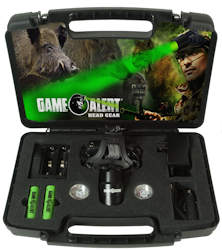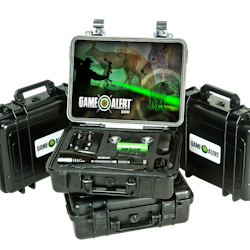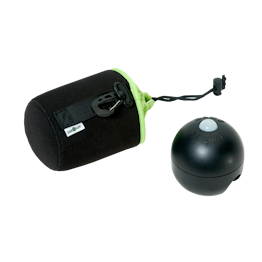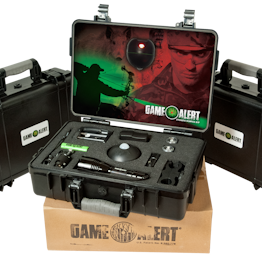Tell-Tale Signs Of Wild Hogs In The Area
Signs of Wild Hogs in the Area--How to determine if hogs have made their way to your property.
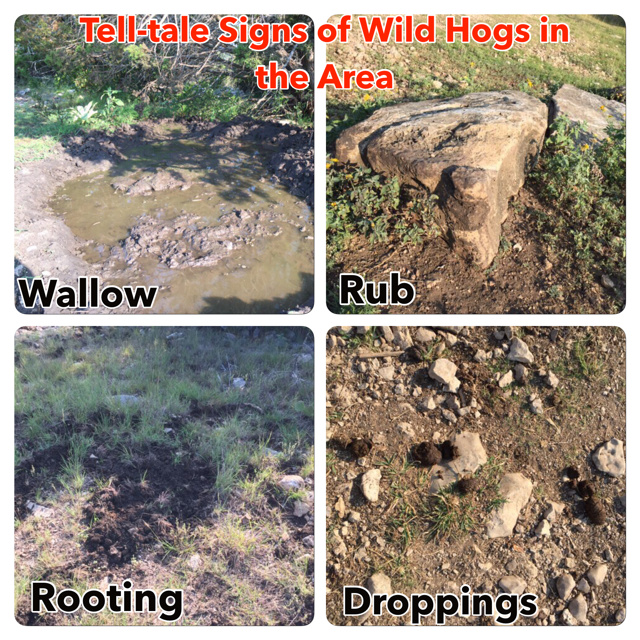
HOG WALLOWS
Wild hogs normal body temperature runs 101-104 degrees Fahrenheit. A comfortable environment for hogs is 80-86 degrees Fahrenheit. In the summer months, when temps far exceed the desired temperature range, hogs will seek out and take advantage of water by creating wallows to well….. wallow in, to decrease body temperature. An added benefit is the mud in wallows, which serves as a natural flea, tick and parasite deterrent.
RUBS
Wild hogs will leave a very distinct sign of their presence. After cooling down in a wallow in the heat of the day, they are known to locate and aggressively rub against a solid structure such as rocks, trees, utility poles and anything else that can accommodate the abuse of the rub. The rubbing leaves a clear sign as the mud is rubbed off and onto the surface leaving a visible sign of the hogs’ presence. As the mud is rubbed off of the hog the fleas, ticks, and other parasites are also rubbed off and left behind with the mud.
ROOTING
Wild hogs use their rough, strong snouts to overturn and uproot any area they detect the presence of a food source. Some rooted areas will be small disturbances of natural soil surface and terrain (search for food). Other areas will be large total destruction of a patterned area (food source found and devoured). These large areas will often have the look of being recently plowed (a hunting buddy of mine calls hogs four legged turning plows for this very reason).
DROPPINGS
Any area in which hogs are consuming food there will be visible signs (hog droppings). These droppings will be found along frequently traveled trails and in heavier concentrations around feeding areas. Yes, hogs will routinely %@&# where they eat.


